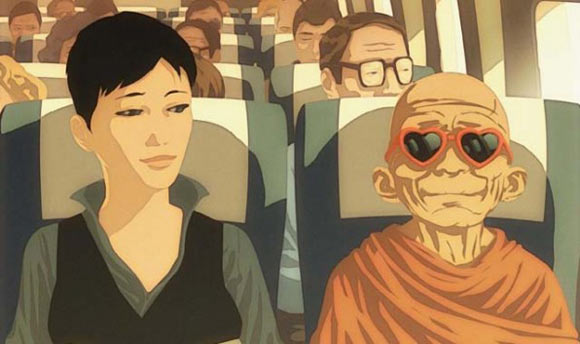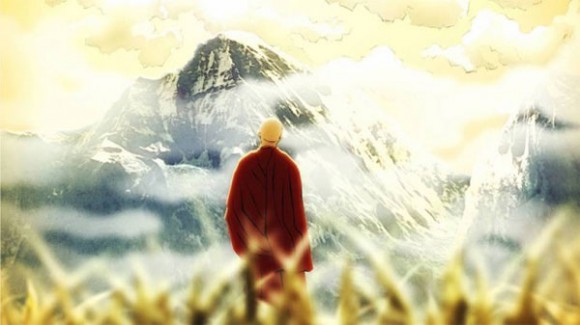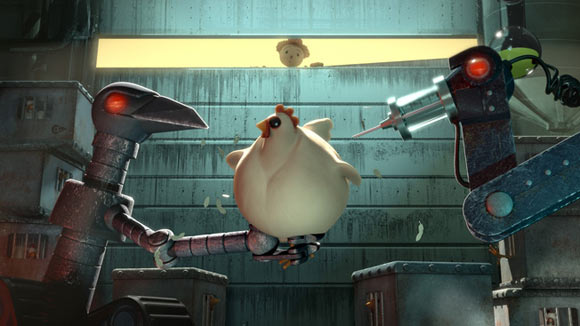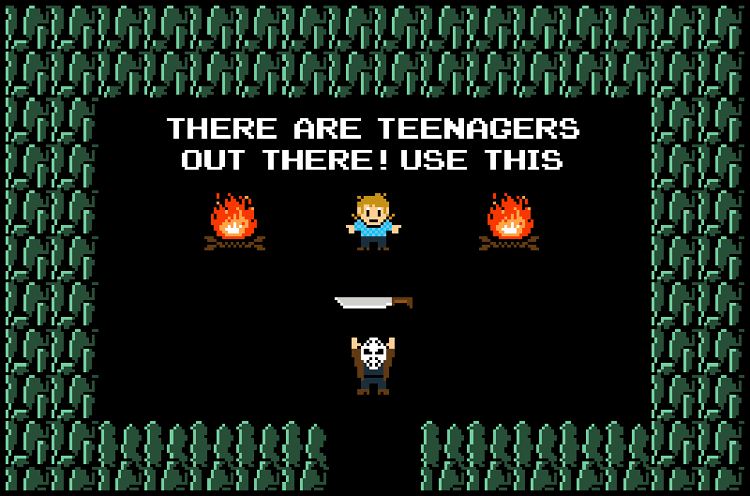
Credit: BBC
At The Hollywood Reporter, Eriq Gardner reports on a fascinating copyright case. The estate of Sherlock Holmes, which initially failed to respond to a lawsuit by the lawyer and Sherlock Holmes expert Leslie Klinger (he’s responsible for the new annotated Sherlock Holmes collections) aiming to prove that Arthur Conan Doyle’s creation is out of copyright, is now trying to argue that all the works in the Sherlock Holmes canon–not just the ones written before the end of the copyright deadline–need to stay copyrighted because they’re a part of a contiguous creation of a character. As Gardner reports, the estate is arguing that:
Plaintiff’s position would create multiple personalities out of Sherlock Holmes: a ‘public domain’ version of his character attempting to only use only public domain traits, next to the true character Sir Arthur created. But there are not sixty versions of Sherlock Holmes in the sixty stories; there is one complex Sherlock Holmes. To attempt to dismantle Holmes’s character is not only impossible as a practical matter, but would ignore the reality that Sir Arthur Conan Doyle created a single complex character complete in sixty stories.
Gardner explains that “it’s an argument that rejects certain temporal views of copyright and certainly have implications to what’s commonly assumed about the copyright term, which in the minds of many, is analogous to a clock.” But the estate’s argument raises another interesting question: at what point does a character have such an impact on popular culture, and become the basis for so many other creations, that the character is an archetype, rather than a singular person with a coherent self and personality?
There are three ongoing Sherlock Holmes franchises at the moment. Robert Downey Jr. portrays the character as a steampunk brawler in the same period in which the Sherlock Holmes stories were initially set, with an added affinity for the ladies. Benedict Cumberbatch plays Holmes in BBC’s Sherlock as a modern technophile, with a tobacco habit instead of an addiction to injectable cocaine, but with the original Holmes’ disinterest in sexual contact. And in CBS’ Elementary, Jonny Lee Miller is Holmes, but in recovery, with Lucy Liu as a female Watson, this time working as Holmes’ sober companion instead of a general practitioner.
Obviously, these are three wildly different interpretations of Doyle’s initial character, though it’s interesting that both modern versions, given the prominence of the cultures of recovery, foreground Holmes’ addiction as a character trait to different degrees. But does their existence actually harm the character arc that Doyle created, especially given that Doyle himself betrayed his initial intentions for the character and resurrected Holmes after his presumed death at the Reichenbach Falls? Or do these different meditations on Holmes himself, on his relationship with Doctor Watson, and on Watson himself–Sherlock‘s consideration of the impact of a very different British engagement in Afghanistan has been particularly insightful at times–expand our relationship to Doyle’s work and to the characters he created as we consider how the dynamic between the two men could play out in different moments, and how the phenomena that captured Doyle’s imagination have manifested themselves again in the modern era?
What about arguably transformative works, especially those that fill in areas of Holmes’ life that Doyle himself didn’t write, or in the manner of J.K. Rowling explained what happened to the characters in her Harry Potter series after the end of that set of novels, fill in after the fact? Does the Doyle estate want to shut down works about Holmes’ later life, like Laurie R. King’s The Beekeeper’s Apprentice series, which imagines Holmes as a retiree with a female trainee, or Michael Chabon’s The Final Solution, Michael Chabon’s novel about an older man who may or may not be Sherlock Holmes and the assistance he gives a young Jewish boy in 1944, towards the end of World War II? Or what about a work like the young adult novel Double Trouble Squared, which involves two sets of telepathic twins encountering the ghost of Mycroft Holmes in contemporary London, and is self-evidently a meditation on the power that Sherlock Holmes has on readers far removed from his age and social mores? I can’t even imagine what a ruling that Sherlock Holmes is a unified character whose story must be preserved as a single continuity for the sake of his integrity would do to this huge range of works, or the lawsuits that could result if the Doyle estate decided to try to shut down decades of non-continuity uses of the character to try to bring the public Holmes back into compliance with Doyle’s original stories.
And how about Sherlock Holmes stories that don’t use the famous detective’s name at all, but that are obviously deeply based on Doyle’s creation? Would the Doyle estate like the rights to Fox’s medical procedural House, in which Gregory House and James Wilson are both medical professionals, House has sexual relationships with women, and there are many more cases and many more long-running supporting characters than Doyle ever created, but is in all other respects substantially drawn from Doyle’s ideas? What about Rake, another show Fox has in development, about an eccentric lawyer with Holmes-ian personality traits? Could the Doyle estate try to claim some sort of profits from any character or character dynamic that seems plausibly derived from Doyle’s stories.
There’s no question that the Doyle estate would be richer if they win their argument that the Sherlock Holmes stories should stay in copyright. But it seems to me that our culture is richer, and greater honor is done to the power of Doyle’s creation, if the judge in this case rules that not only is Sherlock Holmes out of copyright, but that he’s an archetype rather than a unified personality, a template with an enormous stamp on our culture that extends far beyond four novels and fifty-six short stories.
The post Is Sherlock Holmes A Character? Or An Archetype? A New Copyright Fight Raises An Important Question appeared first on ThinkProgress.











 L’arte della felicità (The Art of Happiness), an animated drama about a bitter, existential taxi driver with familial abandonment issues in urban Naples, debuted recently at the Venice Film Festival’s International Film Critics Week section.
L’arte della felicità (The Art of Happiness), an animated drama about a bitter, existential taxi driver with familial abandonment issues in urban Naples, debuted recently at the Venice Film Festival’s International Film Critics Week section.




































































.jpg?format=500w)
.jpg?format=500w)
.jpg?format=500w)
.jpg?format=500w)

.jpg?format=500w)
.jpg?format=500w)









